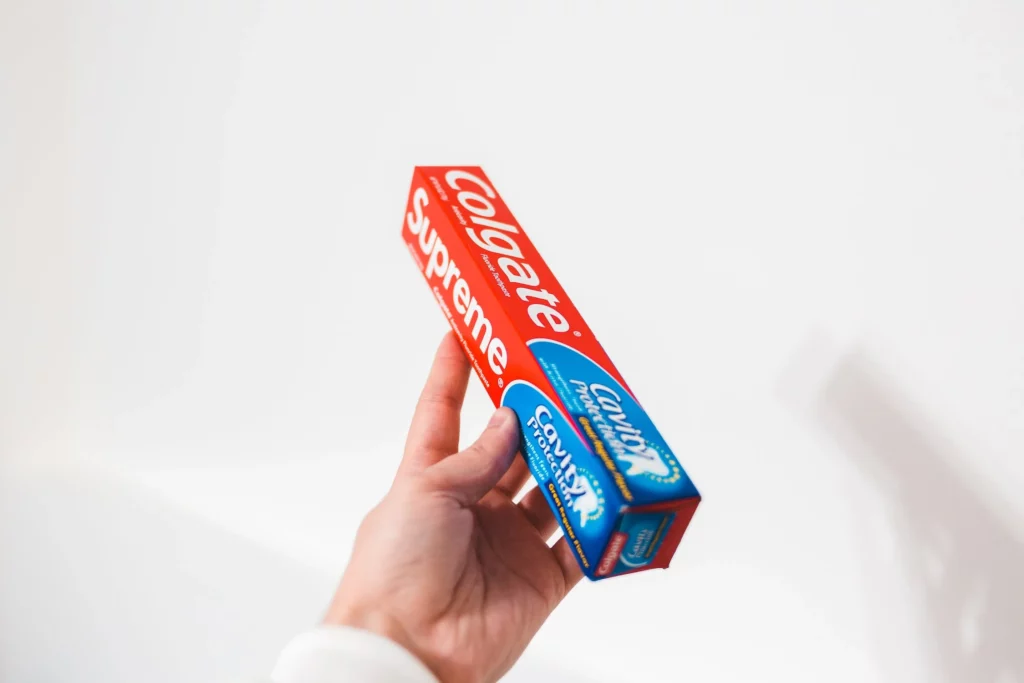
Context
What do Cadbury, Bic and Cosmopolitan have in common? All three brands proceeded to unsuccessful brand extensions. Let us remember Cadbury’s instant mashed potatoes, Bic’s disposable underwear or Cosmopolitan’s yogurts.
Brand extensions occur when a firm introduces products with the same brand name in a new category. They can increase or decrease brand equity and generate positive or negative feedback depending on the success of the extension. Unfortunately, 80% of brand extensions fail.
These failures can even be harmful for the parent brand in terms of image. The characteristics of the brand that may lead to negative feedbacks or the managerial feasibility of extending brands have been widely investigated by researchers. For instance, experts will agree that Cadbury’s expertise with chocolate was not conducive to thriving on the mashed potato field, while Cosmopolitan’s yogurts only spoke to a very small portion of dairy consumers.
However, there is little research on what personality traits makes consumers quizzical about certain brand extensions. In an article published in 2020 in the Journal of Consumer Psychology, Jain, Mathur, Isaac, Mao and Maheswaran show that some consumers are more prone than others to giving negative feedbacks to the parent brand in case of a brand extension failure.
Research questions
The authors divide consumers into two categories, according to their implicit theory orientation. Implicit theory posits that people are either entity or incremental theorists depending on the way they view the fixedness or malleability of personality traits. Contrary to incremental theorists, entity theorists believe that traits such as intelligence or personality are likely to be fixed. Therefore, they show resistance to update or change beliefs about themselves or others.
As brand extensions induce changes in brand perceptions, Jain, Mathur, Isaac, Mao and Maheswaran argue that entity and incremental theorists will react differently to brand extension failures. They ask the following research questions:
– Does implicit theory orientation impact the negative feedback of the parent brand following a brand extension failure?
– What is the role of brand cohesiveness on this effect?
Method
To answer these research questions, the authors conducted 7 studies, considering both fictitious and real brands.
Study 1 investigates the impact of implicit theory orientation on negative feedback of the parent brand following a brand extension failure, taking real brands as study objects. In Study 1A (conducted on 105 MTurk participants), dispositional implicit theory orientation was measured and participants were directly asked about the way the failure of the studied brand affected the changes in their perceptions towards this brand. In Study 1B (involving 213 MTurk respondents), implicit theory orientation was manipulated, and the penalty effect was measured by the intention to cancel subscriptions to the parent brand’s customer email list. In Study 1C (carried out on 314 MTurk participants), the penalty effect was evaluated in two ways: the likelihood of investing in the parent brand’s stock, and the differences in the evaluation of the parent brand before and after the brand extension failure.
Studies 2 and 3 consider the mediating role of brand cohesiveness on the brand penalty effect. In Study 2, the implicit theory orientation of 197 participants was manipulated, and respondents were then asked about their impressions towards the extension failure of a fictitious brand. In Study 3 (conducted on 500 participants), dispositional implicit theory orientation was measured, and respondents reacted to the extension failure of a real parent brand.
Studies 4 and 5 examine boundary conditions of the brand penalty effect. Study 4 (involving 413 MTurk participants) investigates how high (vs low) brand cohesiveness curbs the brand penalty effect. Study 5 (carried out on 704 MTurk respondents) eliminates alternative explanations to the existence of the brand penalty effect.
Results
– Entity theorists are more likely to give negative feedbacks about the parent brand following an extension failure than incremental theorists. This is because entity theorists are more likely to change their mind about failed individuals than incremental theorists. Indeed, incremental theorists believe in the lability of individual characteristics, which means that failure is an opportunity to learn, improve, evolve. Whereas entity theorists believe in the fixedness of individual characteristics, which makes failure a testimony of undesirable traits of the failed individual.
– Entity theorists are more likely than incremental theorists to view brands as cohesive. As a group of products, brands can appear more or less cohesive (ie coherent and unified). Entity theorists tend to focus on what is fixed, ie the similarities between the members on one group. Thus, they tend to have higher cohesiveness perceptions than incremental theorists concerning brands. Put differently, entity theorists strongly believe the brand should give a sense of consistency between the branded products.
– Entity theorists are more severe than incremental theorists towards the parent brand following an extension failure because of their increased perceptions of brand cohesiveness. Indeed, when groups are perceived as cohesive, there is a transfer of attributes between members of the group. In other words, applied to brands, when a brand extension fails, if the brand is perceived as cohesive, it is likely that negative perceptions of the extension failure will be attributed to the parent brand. Entity theorists, who have increased perceptions of the brand cohesiveness, are therefore more prone to negative feedback than incremental theorists.
– The higher parent brand penalty among entity (vs. incremental) theorists is more likely to persist when actual brand cohesiveness is low but will dissipate when actual brand cohesiveness is high. When brand cohesiveness is high, it means that the brand already has a strong “stereotypical” image that is coherent across product categories. Newcomers may influence a group before the stereotype is well-developed, but the newcomer’s influence on the group will be attenuated after the stereotype has been well-established. Applied to brands, when cohesiveness in high prior to the extension, the strong “stereotypical” image of the parent brand will not be affected by the negative associations brought by the brand extension failure.
– Although compared to incremental theorists, entity theorists are more likely to lower brand evaluations after extension failure, the differences between the two groups will dissipate in case of an extension success. In other words, a potential effect of focus on outcomes is ruled out.
Why is this article relevant for researchers?
The present findings are thoroughly documented, in a series of experiments that focus on real and fictitious brands and different product categories. They are particularly interesting because they contradict previous positions, in which entity theorists would be less likely to penalize the parent brand than incremental theorists.
This article is at the crossroads of the literatures on stereotype formations and updating, implicit theory orientation and branding. It sheds new light on the role of implicit theory orientation on brand perceptions, through the scope of cohesiveness. The authors point out that other examples of extensions could have been studied to better assess the role of cohesiveness, such as low-fit extensions or extensions of single-product VS multi-product brands. They also mention that future research could address how entity VS incremental theorists actually categorize products and brands, which can influence cohesiveness perceptions.
More generally, this work shows that consumer traits, whether dispositional or induced, can affect their perceived cohesiveness and feedback of a brand following an extension failure. Other theories, such as time orientation or construal level theory could also help unveil consumers traits that could influence perceptions of cohesiveness.
Moreover, implicit theory is hereby used to evaluate different consumer reactions following a failed brand extension. Since the focus is on cohesiveness, the same theoretical frame could be adopted to explain consumer perceptions of other brand evolutions, such as changes in positioning, values or symbols.
Why is this article relevant for professionals?
This article shows that an extension failure will not be perceived in the same way by all consumers. Namely, it shows that entity theorists are more prone to giving the parent brand negative feedback than incremental theorists. As implicit theory orientation may be manipulated by highlighting the malleability or fixedness of human traits, brands wishing to engage in extensions may want to emphasize the malleability of their own traits. For instance, on their website, the Virgin group stress their “restless spirit of entrepreneurship, innovation and market disruption”, thus establishing lability as a key feature of the brand’s personality.
The findings highlight the role of cohesiveness perceptions in the brand penalty effect. It prompts brands to build a strong cohesive image before the extension. Colgate engaged in a dubious extension with their kitchen entrees. Though consumers were not keen on reminiscing the fresh flavor of their toothpaste when eating, they did not hold a grudge towards the brand because it is otherwise very cohesive and in line with the dental world.
